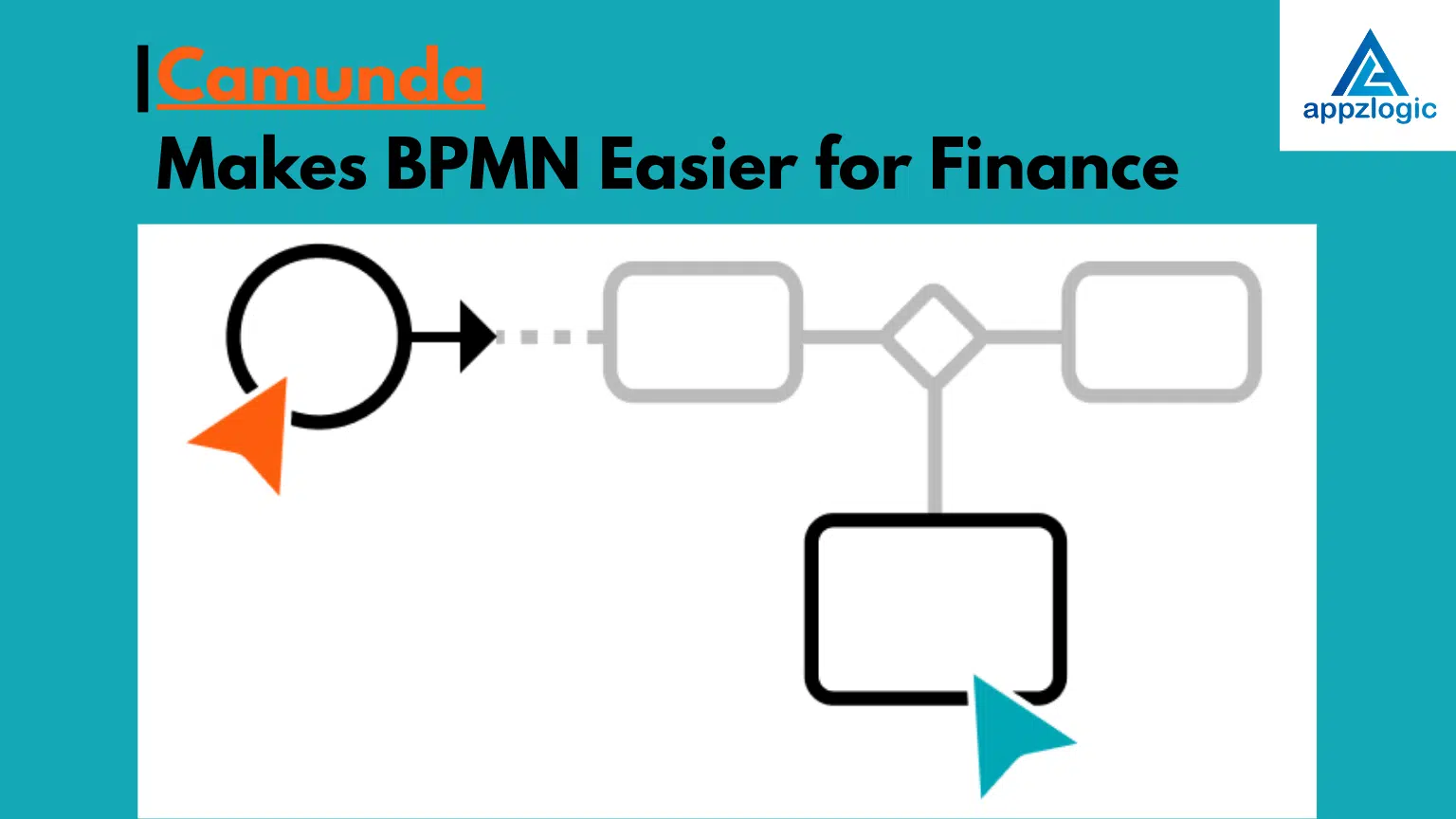
Why Automated ETL Testing is Essential for BI/Data Warehouse Initiatives
ETL stands for Extract, Transform, Load. It refers to a process in data integration and data warehousing where data is first extracted from various sources, then transformed into a suitable format by cleaning, structuring, and processing it, and finally loaded into a target system such as a database or data warehouse.
The importance of Business Intelligence (BI) in ETL testing initiatives is undeniable. Gartner highlights the alarming statistic that 70-80% of these projects initially fail, often due to data quality issues. In today’s data-driven world, where businesses generate and rely on ever-increasing data volumes, the potential for BI failures to snowball is significant. This can have a crippling effect on the underlying digital transformation initiatives that BI projects are designed to support.
One key contributor to BI failures is the use of manual ETL (Extract, Transform, Load) testing processes. Companies are releasing applications at an unprecedented pace, with some pushing updates on-demand, multiple times a day. Manual testing simply cannot keep up with this velocity, especially for critical, customer-facing applications. The result? Risks to customer loyalty, brand reputation, data security, and ultimately, the ability to make sound business decisions based on trustworthy information.

DevOps to the Rescue: Streamlining BI/DWH Testing
DevOps, a methodology that emphasizes automation throughout the development lifecycle, offers a powerful solution for the challenges faced by big data and DWH/BI developers. Many such projects already utilize Agile and DevOps principles, but often neglect to apply them to testing. Traditionally, DWH/BI projects haven’t embraced automated testing tools to the extent necessary for success. This might be due to misconceptions about the availability or cost of these tools.
When considering what needs to be tested to ensure data integrity, it’s crucial to remember that BI encompasses more than just data warehouses and ETL processes. The services connecting these processes, along with the middleware and dashboard visualizations, also fall under the BI umbrella. The complex communication and coordination between these layers necessitate extensive testing.
DevOps facilitates this by enabling continuous deployments and testing. Implementing a DevOps testing approach for DWH/BI involves automating the testing of various source and target datasets to maintain data accuracy. This is particularly beneficial for projects handling a multitude of diverse data sources, sometimes numbering in the hundreds. By automating these processes, your team can identify errors before they impact BI applications in production, allowing ample time for rectification.
Why Automate ETL Testing with ETL Development Services?
- Continuous quality is a cornerstone for achieving successful development outcomes and supporting business objectives. Gartner’s 2018 Magic Quadrant tool for Software Test Automation emphasizes that test automation tools are essential elements of a DevOps toolchain and enablers for achieving the continuous quality approach required for successful DevOps.
- Test automation plays an equally critical role in guaranteeing high data quality. The more rigorous the testing, the fewer bugs make it to production. Users who can’t trust the data are unlikely to trust the BI solution itself, ultimately leading to project failure.
- In manual ETL testing process errors are very common. ETL Testing Services provide automation tools. These tools can automate the testing process on existing code following each new database build. Automation not only streamlines test execution but can also assist with test design and management.
- The decision to implement automated ETL testing tools depends on your budget and the need for advanced testing capabilities. However, it’s important to remember that even internally developed and maintained test tools are preferable to no automation at all. In the long run, that leverage automation save significant time and resources. Furthermore, by ensuring high-quality BI deliverables, these services empower business users to trust the data platform as the single source of truth for informed decision-making.
- The Reliability of Extract, Transform, and Load (ETL) processes plays a crucial role in ensuring data accuracy and consistency. Businesses count on ETL testing to validate their data pipelines and maintain trust in the information they rely on. But what exactly is ETL testing, and why is it so important? This article breaks down the ETL testing process, highlights the rise of ETL automation, and explains how adopting the right tools and strategies can make a significant difference.
Understanding ETL Testing
ETL testing, or Extract, Transform, and Load testing, verifies that data is correctly extracted from source systems, transformed according to business rules, and loaded into a target system, such as a data warehouse. This process ensures that the data organizations use for reporting and decision-making is accurate and reliable.
ETL testing differs from traditional testing as it involves handling large datasets, multiple data sources, and intricate transformations. Manual testing often struggles to keep up, leading businesses to adopt ETL test automation and ETL automation tools for faster and more accurate results.
Why Is ETL Testing Required?
Accurate data fuels critical business decisions. Even small errors in ETL processes can lead to incorrect reports and flawed strategies. ETL testers ensure that data integrity is maintained by keeping it clean and consistent throughout the entire pipeline.
For example, if a retail company relies on sales data for forecasting, an error during the ETL process could distort inventory planning. Testing ETL processes helps prevent such issues, making data warehouse and ETL testing indispensable.
As organizations scale, manual testing becomes less practical. Many businesses ask, can ETL be automated? The answer is Yes. Automated ETL testing solutions allow teams to validate data more efficiently and with greater precision.
How Does ETL Testing Work?
The ETL testing process is a structured approach to ensuring the accuracy and reliability of data throughout its journey from source to target system. It begins with ETL testers analyzing business requirements and understanding the data workflows. This step is crucial to align the testing process with the organization’s goals and ensure that the right data is being tested. After the requirements are clarified, the team develops a detailed ETL test plan.
This plan outlines various test cases, scenarios, and validation techniques to be used throughout the testing process.
Using ETL testing tools, testers validate that the data extracted from source systems matches the expected transformations and formats. These tools play a vital role in automating data validation, ensuring that there are no discrepancies between the source and target data. The next step is to test the performance of the ETL processes, ensuring that they can handle large volumes of data without compromising efficiency or speed.
This is particularly important for businesses dealing with massive datasets. Finally, testers confirm that the target system contains accurate, consistent, and usable data, making it ready for reporting or decision-making. Each of these steps is essential in ensuring the overall integrity and reliability of the ETL process, which supports business operations and data-driven strategies.
ETL Testing Techniques
Effective ETL testing requires a well-planned strategy. Testers must focus on key areas, including:
- Source-to-target validation: Ensure data consistency between source and target systems.
- Data integration testing: Validate that data from multiple sources integrates correctly.
- Transformation testing: Confirm that business rules are applied accurately.
- Performance testing: Test ETL processes under real-world loads.
The Need for Automation in ETL Testing
Manual ETL testing is time-consuming and prone to human errors, especially when handling large datasets. Automated ETL testing tools eliminate these challenges by performing repetitive tests swiftly and accurately, ensuring data consistency and reliability.
Benefits of Automated ETL Testing Tools
- Speed and Efficiency: Automated tools can run tests faster than manual methods, ensuring faster feedback and reducing testing cycles.
- Accuracy: By reducing human error, automated tools provide precise results, ensuring data integrity.
- Cost-Effective: Though there is an initial investment, automation reduces the long-term costs associated with manual testing and errors.
- Scalability: Automated tools can handle large volumes of data, making them suitable for large-scale ETL processes.
- Comprehensive Testing: These tools can perform extensive testing, covering various aspects such as data extraction, transformation, and loading.
Popular Automated ETL Testing Tools
- Apache JMeter: Often used for performance and load testing, JMeter can be customized for ETL testing scenarios, especially when testing the performance of ETL processes.
- QuerySurge: A popular tool for data testing, QuerySurge automates the validation of data flow from source to target, verifying data accuracy across the pipeline.
- Talend: Known for its rich features and open-source nature, Talend provides an intuitive platform for ETL testing, offering integration with various data sources and target systems.
- Data Loader: A Salesforce-based ETL tool, Data Loader automates the data migration process, ensuring seamless transfers with minimal errors.
ETL Testers Role and Responsibility: ETL Test process
ETL testers play a crucial role in ensuring that data flows correctly from source to target systems. Their primary responsibility is to validate the ETL Test process, which includes extraction, transformation, and loading of data. This ensures that the data is accurate, consistent, and in the right format for the business to use. ETL testers work closely with business analysts, developers, and data architects to understand the data requirements and testing specifications.
One of the main tasks of an ETL tester is to create and execute test plans based on the requirements provided by the stakeholders. These test plans include defining the test cases, setting up test environments, and deciding on the ETL testing techniques to be used. Testers validate that the data extracted from the source systems is correctly transformed as per business rules and loaded into the target system without any data discrepancies or errors.
ETL is critical for ensuring successful Data Migration in Publication Industry, where precise and timely data transfer is essential for operations such as content management, subscriptions, and analytics.
The Benefits of ETL Automation
Businesses that adopt ETL automation gain several advantages. Automated tools improve efficiency, minimize errors, and scale seamlessly with growing data volumes. With automated ETL testing, teams can run tests continuously, ensuring data integrity at every stage.
Automation also supports agile workflows. Teams can integrate ETL test automation into CI/CD pipelines, enabling faster development cycles. Tools like Talend for ETL and Quantiva ETL Integration provide specialized features for automating complex workflows.
Conclusion
ETL testing is a necessity for businesses that rely on accurate and reliable data. By embracing ETL automation testing and leveraging advanced ETL testing tools, organizations can ensure their data pipelines remain robust and efficient.
At Appzlogic, we understand that a perfect business idea is the cornerstone of success in today’s competitive market. That’s why we have Developed an AI-powered platform designed to help entrepreneurs not only generate innovative ideas but also support them in executing those ideas effectively.
By collaborating with Appzlogic, businesses unlock the full potential of ETL testing. Our team offers custom ETL testing solutions, ensuring data integrity, accuracy, and seamless integration through comprehensive testing of extraction, transformation, and loading processes tailored to your specific needs.
Ready to transform your business with ETL testing?
Contact Appzlogic today for tailored ETL Solutions and Automation testing in the U.S. and India.
Frequently Asked Questions
ETL Testing is done by Validating Data Extraction, Transformation, and Loading processes.
It is generally positive due to the increasing importance of data-driven decision-making, with demand for skilled professionals rising in the next few years.
It involves techniques like data sampling, comparing source and target data, validating transformations, and checking the data quality at different stages of the pipeline.
Common ETL tools include Apache Nifi, Talend, Informatica, Microsoft SQL Server Integration Services (SSIS), and Apache Airflow.
In ETL, data is transformed before being loaded into the target system. In ELT (Extract, Load, Transform), data is loaded into the target system first, and then transformation occurs.
Absolutely. Automation transforms the testing process by improving speed, accuracy, and scalability. By adopting ETL automation testing, businesses eliminate repetitive tasks and reduce human errors.




